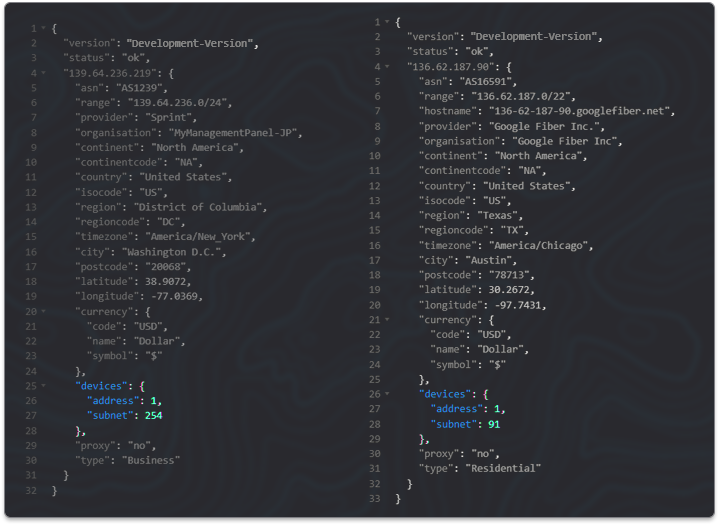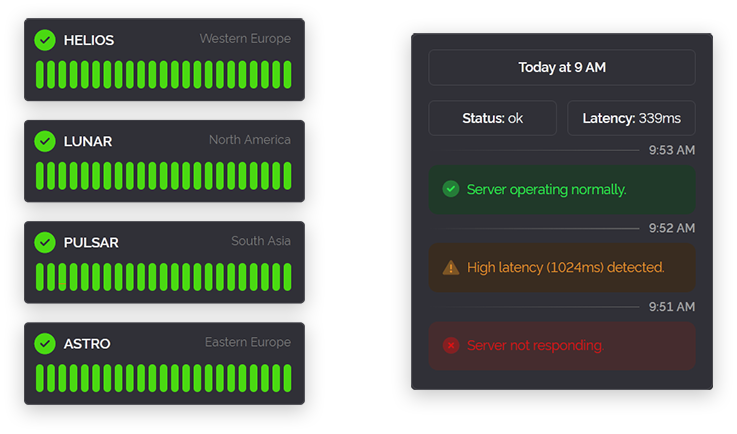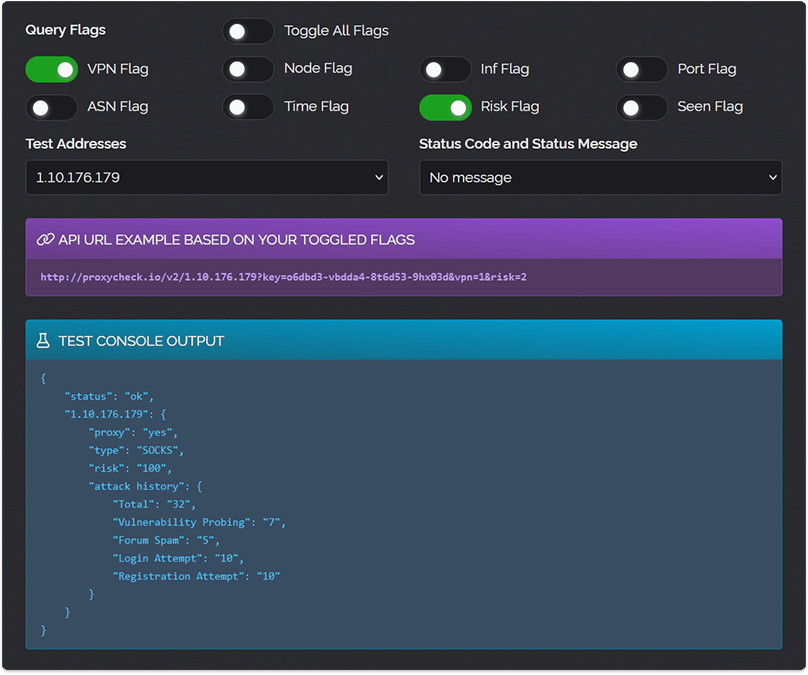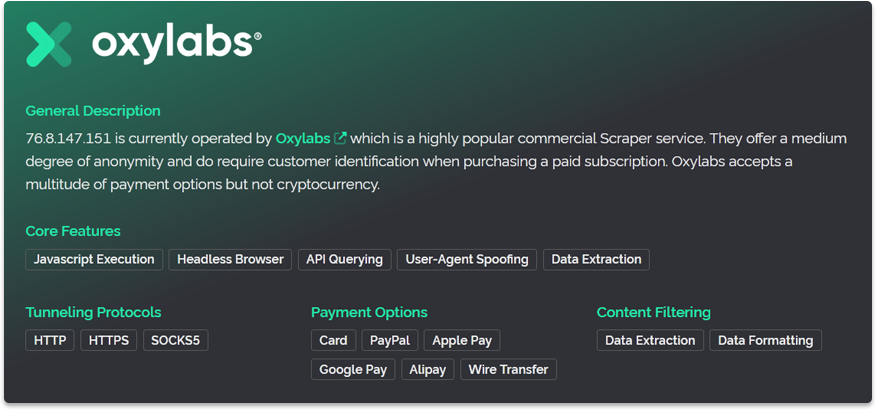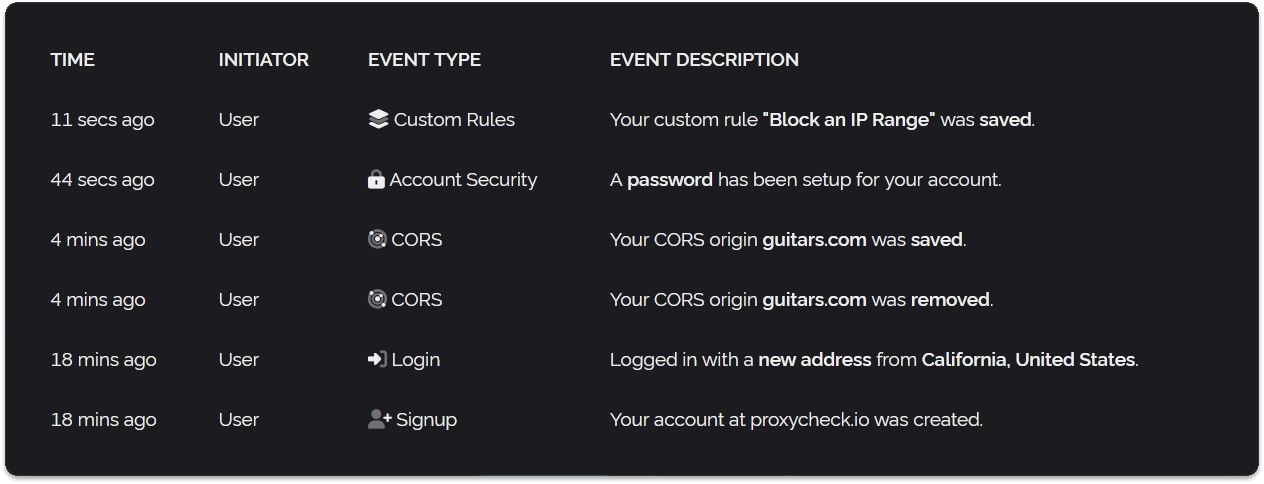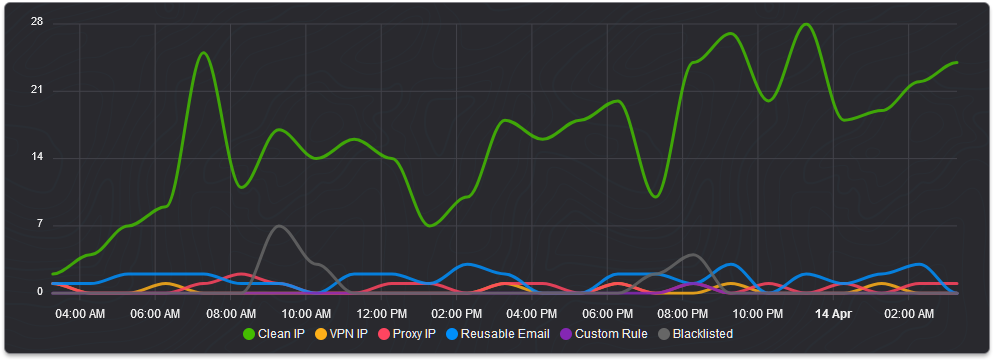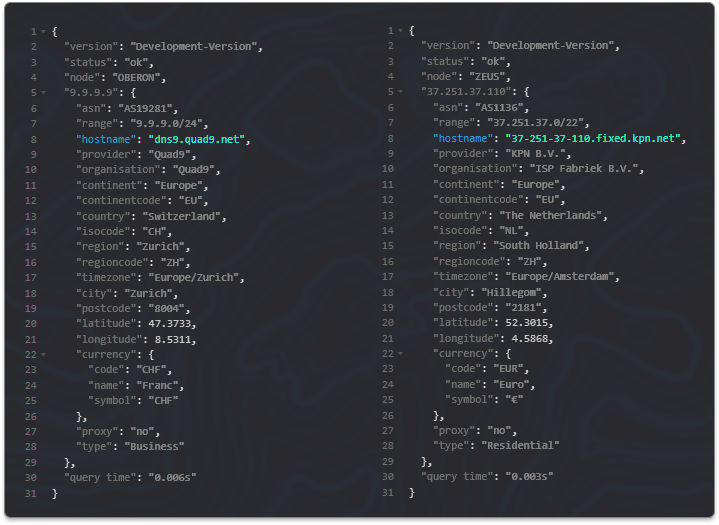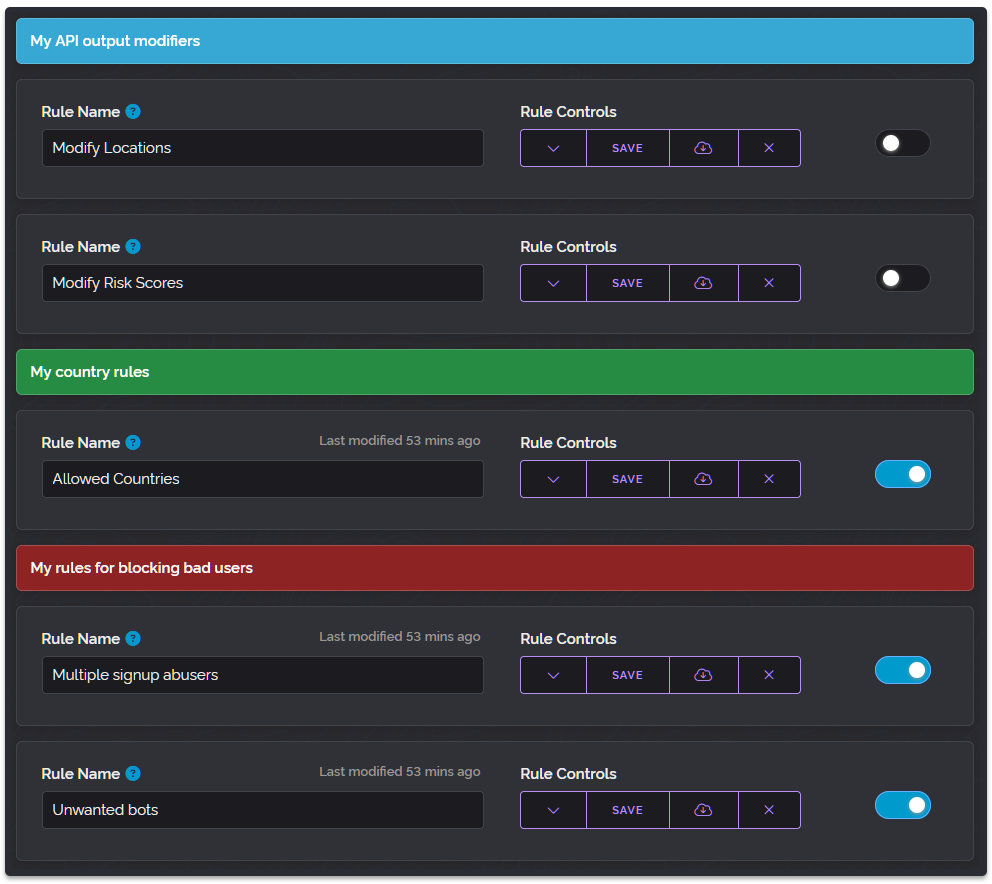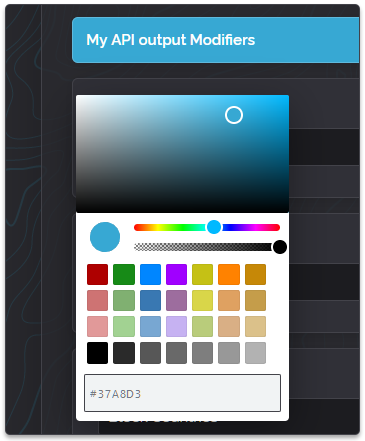![]()
Happy New Year to everyone as we start 2025 with a big update. We'll not be listing anything we did last year in a round-up because you can scroll down to read everything that happened in our blog posts below and we certainly recommend you take a look at those!
What we want to talk about today is location data and our new location engine that was deployed today on the latest version of the API (November 2024). Over the past several years we've used a ping-based triangulation system to figure out where IP addresses are actually physically based.
It's a simple model where you have lots of servers all around the world and you have them ping the same address and based on the latency you can triangulate within a reasonable doubt where an address is physically located. This model has worked well for us up until now. Customers and ourselves have noticed some location drift especially over the past year.
To address these issues, we investigated the causes:
Firstly, we relied too much on one specific VPS (Virtual Private Server) provider for most of our test servers. This created problems where their fibre links to certain locations artificially decreased the latency response for addresses tested through them. Meaning sometimes they provided us with an extremely fast highway within which to drive and it altered the latency compared to the wider internet and when mixed with our other VPS providers created wrong results that we couldn't account for.
Secondly, we didn't have enough servers in general. To do triangulation properly and to increase accuracy when you get down to the city or postcode level it requires more servers, several in most cities.
Thirdly, anycast addresses where a single IP address is announced worldwide from multiple locations caused our limited number of servers to disagree about where an address specifically is located and as a result required our software to make a sometimes wrong determination based on conflicting test results.
And finally, pinging doesn't always work and isn't always the best. Sometimes you need to simply read 3rd party announcements where an ISP specifically says where an address is. Sometimes you need to perform a traceroute and trace the paths towards an address so you're checking the physical location of all the intermediary routes. Basically, metadata is important.
So to solve these issues we've vastly expanded our network of VPSs, we're now using more VPS providers so we're not overly influenced by the robustness of a single provider, and we're now spinning up and down VPSs as needed to increase our network size while keeping costs in check. We've switched to performing trace routes and gaining information from all addresses along a route to a specific address that we're interested in and we're looking at ISP-provided metadata.
The result of all this work is that the country detection specifically (which most of our customers care about when it comes to location information) is now incredibly accurate once again. When compared with market leaders whose main or only product is location data we're very competitive with them for both IPv4 and IPv6 location data.
Another improvement provided by the new location engine is fewer blank spots where we had no location data at all about an address which was the result of our prior ping approach with addresses that simply did not reply, the traceroute system combined with ISP metadata takes care of this and provides accurate location information for these prior unknowns.
So that's the update for today. Remember this is available only on our latest API version dated November 2024. If you've already set your API version to this in our dashboard or you have it set to the "Latest Version" then you already have the new location engine. If you would like to compare past and current results you can alter your API version to our previous release.
Thank you for reading, and welcome once again to 2025!
